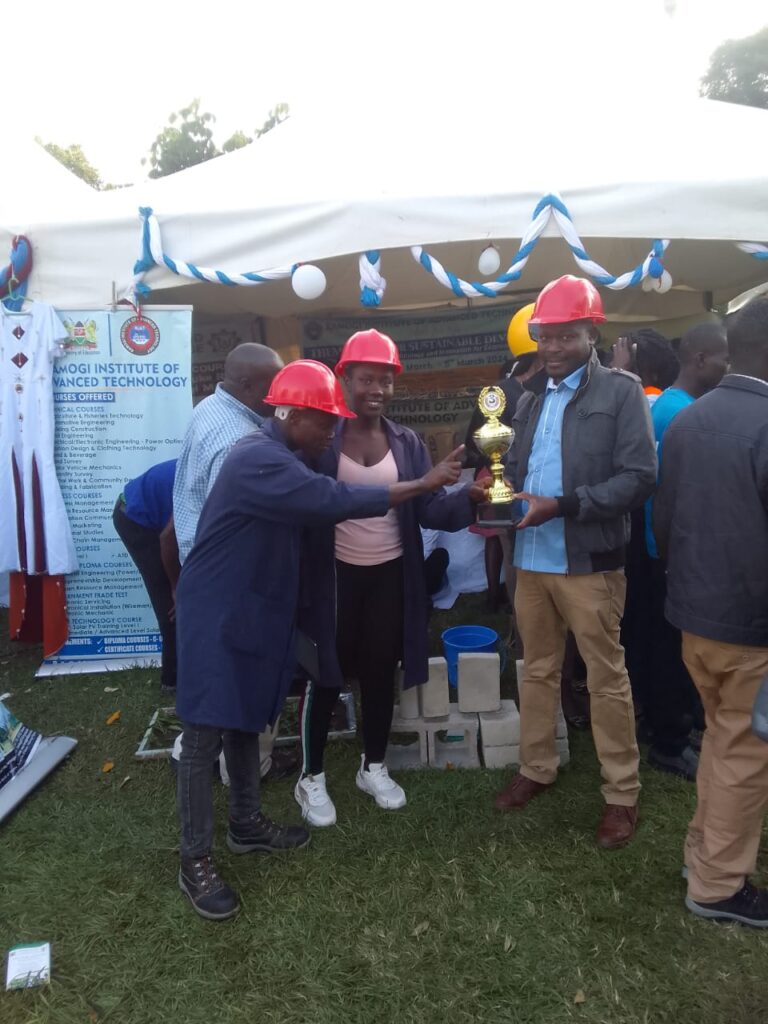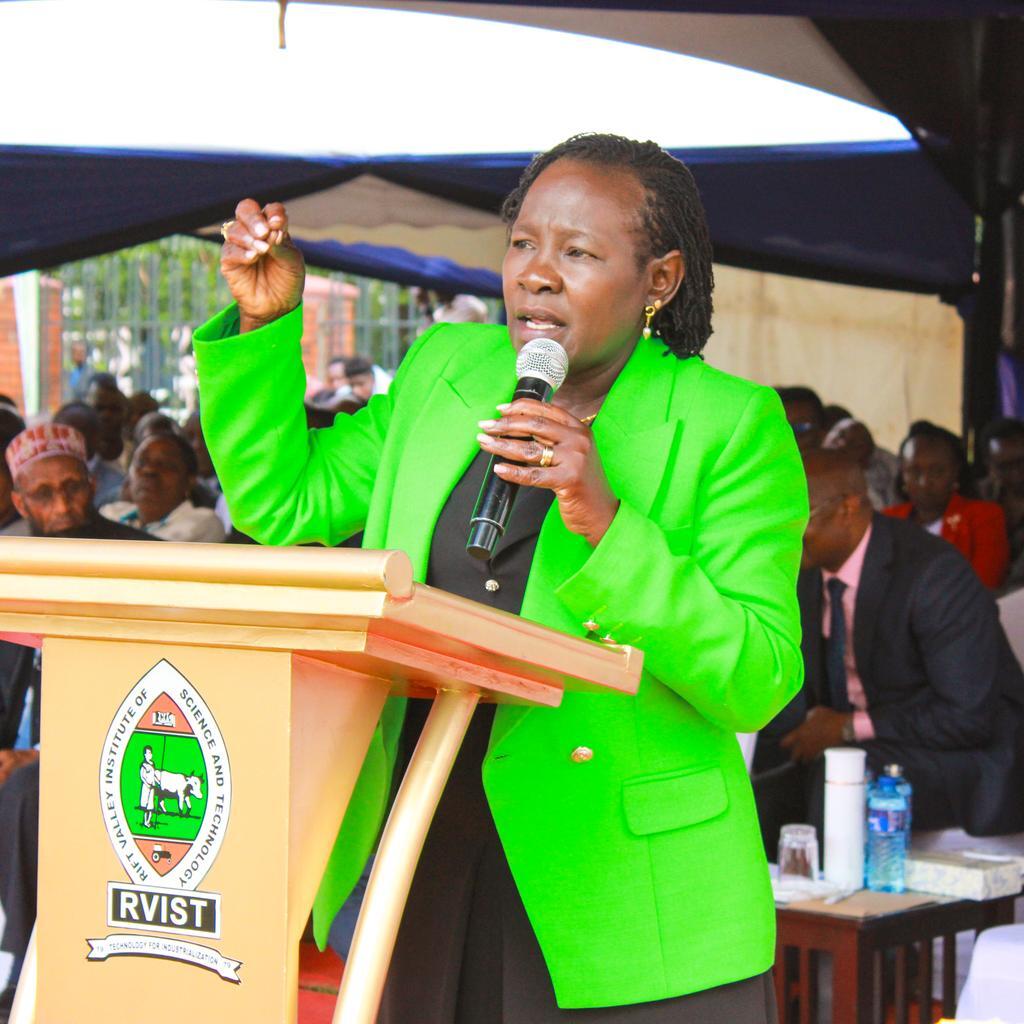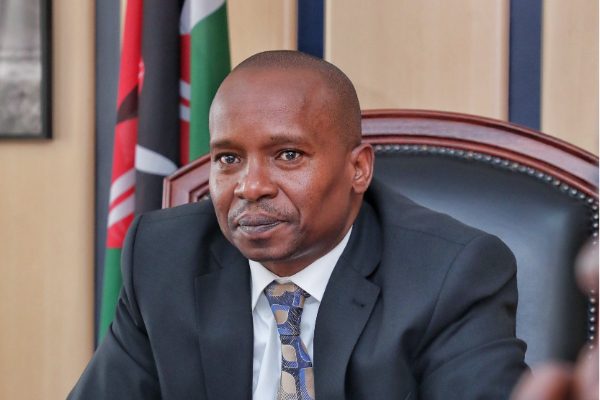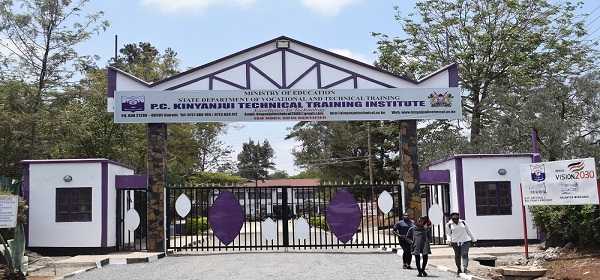Share this post:

A group of students from the Ramogi Institute of Advanced Technology (RIAT) in Kisumu has developed an innovative method to create a partial substitute for cement in building blocks using sugarcane bagasse ash. This invention promises to reduce construction costs and provide significant environmental benefits.
Sugarcane bagasse, a byproduct of sugar production, poses disposal challenges and is typically burned to generate energy, resulting in a substantial amount of ash. In western Kenya, where sugarcane cultivation is prevalent, students led by Mr. Wycliffe Akoko discovered that this ash has pozzolanic properties, meaning it can bind materials similarly to cement. By integrating the ash into building blocks, they have developed a material that reduces reliance on traditional cement while addressing economic and environmental concerns.
Laboratory tests confirmed the effectiveness of this material. Blocks made from a mixture of sugarcane bagasse ash and a small amount of cement demonstrated strength comparable to those made entirely from conventional cement, indicating its viability for the construction industry.
The students showcased their innovation at the KATTI National TVET Fairs 2024 in Nakuru, held from June 9th to 14th. The event, themed “TVET for Sustainable Development: The Role of Science, Technology, and Innovation for Economic Resilience,” highlighted various innovations, with the Riat students’ project emerging as the best under the sub-theme “Affordable Housing.”
Dr. Esther Thaara, Principal Secretary for TVET, awarded the winners during the closing ceremony. The recognition of the Riat students’ project underscores its potential impact on sustainable construction practices.
This innovation could substantially reduce construction costs by substituting part of the cement with bagasse ash. It also promotes environmental conservation by repurposing waste material and reducing the carbon footprint associated with cement production.
The Riat students’ breakthrough offers a promising solution for sustainable construction, harnessing local resources to create a greener future for Kenya and potentially beyond.





